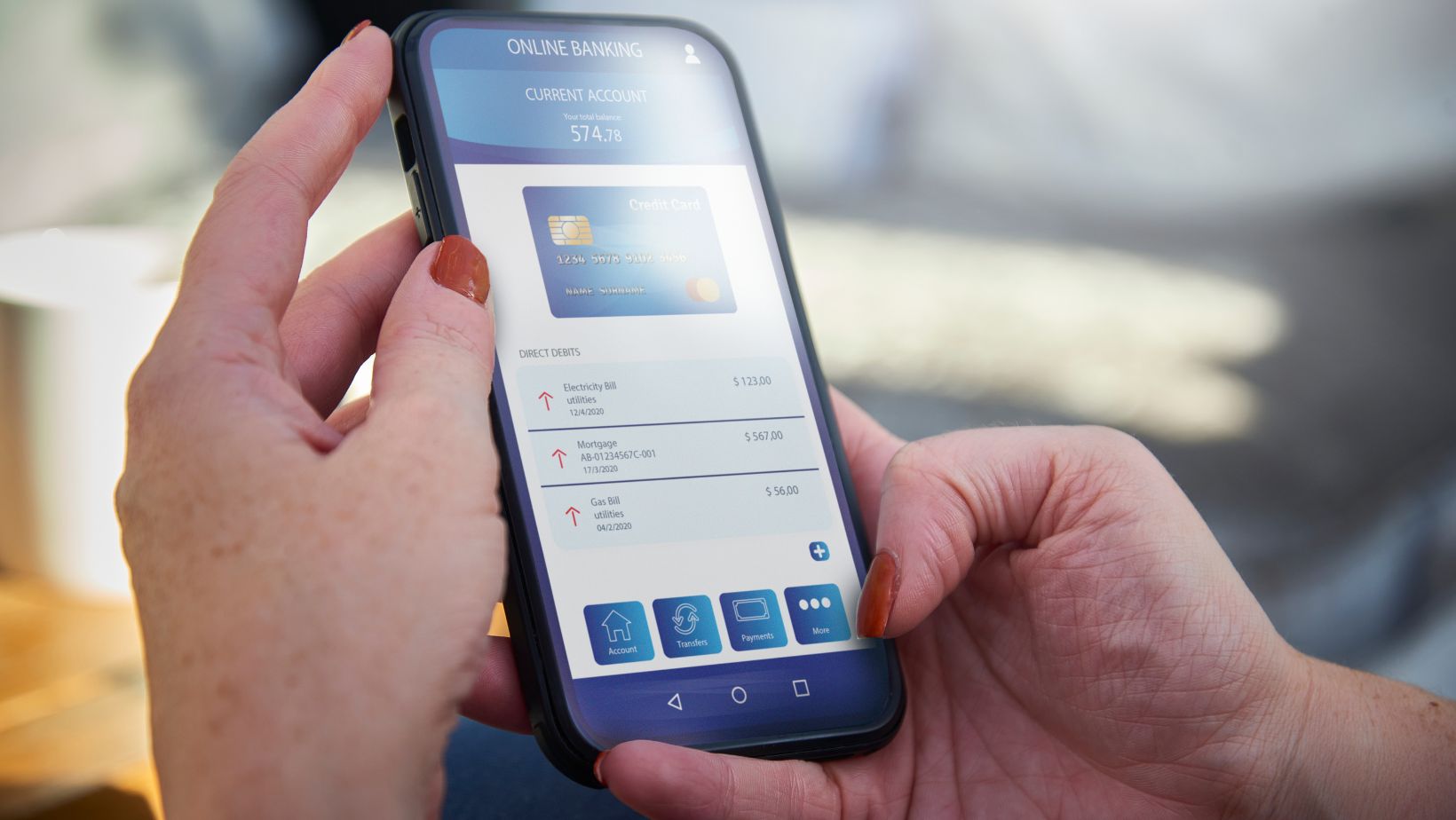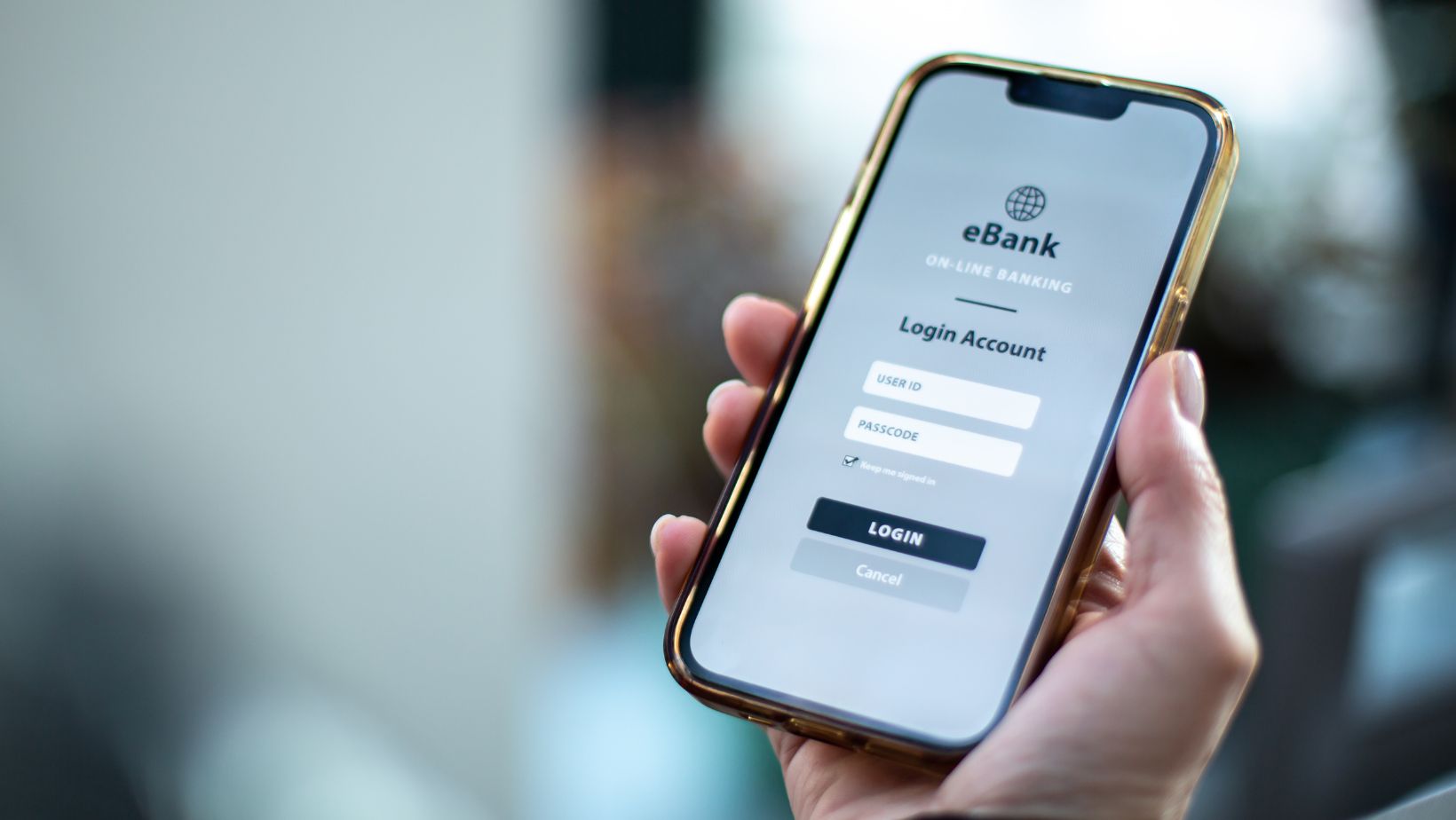 Banking apps have made financial services more accessible and personalization in them enhances this user experience even more, tailoring various features to individual needs of clients.
Banking apps have made financial services more accessible and personalization in them enhances this user experience even more, tailoring various features to individual needs of clients.
Customers get a more user-friendly and relevant service, and businesses get their own set of advantages like increased customer loyalty and engagement.
Let’s understand the most common technologies that stand behind banking personalization strategy and the legal frameworks that govern their use.
Why Do Financial Institutions And Clients Love Personalization?
A tailored experience is what users like and seek. Personalized banking apps provide that experience to their clients with the following features:
- Customized dashboards
- Personalized financial advice
- Targeted offers
These and other features make banking intuitive and engaging.
Plus, customers tend to stay with a bank that understands their personal needs and priorities. Personalization shows them that your financial institution is connected with its clients and this approach is what builds long-term customer relationships.
The next thing is engagement. Everyone knows that notifications increase engagement, but make those notifications personalized, be it reminders for bill payments or alerts for unusual account activity, and your app is on its way to even higher usage rates.
Automating routine tasks is a benefit for banks themselves. Yes, personalization also means automation that reduces the need for manual intervention. As a result, your bank improves its operational efficiency, saving money without sacrificing the quality of the service.
What Technologies Stand Behind All These Features?
Artificial Intelligence and Machine Learning deserve to be the ones to begin with due to their immense role in personalizing user experience.
AI and ML algorithms analyze an incredibly vast amount of user data to identify patterns and preferences. The app that integrated machine learning modules can now predict future behavior based on past actions of its users. This gives the most personalized (read – exact) recommendations and insights possible.
Combine these two technologies with Nature Language Processing and now your banking app understands and responds to user queries in a conversational manner. The most common usage of this combination is chatbots and virtual assistants that operate in customer support or help by giving financial advice.
If your team lacks expertise in the technical aspect of implementing advanced personalization technology, try searching for a fintech software development company. These companies have the technical expertise you need to implement AI, ML, and blockchain effectively.
Data Is The Foundation Of Personalization
You can’t offer a personalized user experience without big data technologies. They’re the ones that collect and analyze user data from various sources to later create detailed user profiles. Detailed user profiles, in particular, are essential to deliver personalized experiences.
Some examples of the sources from where big data technologies get the data they need:
- Transaction history
- Spending patterns
- Social media activity
Analysis of spending patterns is a simple example of how this technology is used. When the app, or technology in particular, knows a user’s spending habits, it can suggest a savings plan or alert them to potential fraud based on unusual activity.
Blockchain – Simplify Things All While Making Them More Secure
Blockchain technology has found its use in terms of security and automation of various processes. Security is a key advantage of this technology, so banking apps gladly use it to securely store and share user data. The transparency that blockchain gives in managing customer information is what enhances trust in your financial institution even more.
A Time-Proven Biometrics Technology
Biometrics technology has been in the industry for a long time compared to the aforementioned blockchain and AI/ML. Being present for years doesn’t make this technology obsolete though.
Biometric authentication methods technologies ensure that only authorized users can access banking services and accounts in particular.

3 key biometric authentication methods used today are:
- Fingerprint scanning
- Facial recognition
- Voice recognition
Biometrics not only makes things safe. The technology made interaction with the banking app significantly more convenient due to the elimination of the need for traditional passwords.
The Role Of International Laws And Data Privacy Standards Is Huge
Compliance with international laws is what stops financial institutions from abusing customers’ data, intentionally or not.
One international law is the General Data Protection Regulation, or GDPR. GDPR is responsible for guaranteeing that personal data is processed:
- Lawfully
- Transparently
- For a specific purpose
According to GDPR, banks must obtain user consent before collecting and using their data. Moreover, they’re obliged to give users the right to access and delete their information.
Data Privacy Standards Are Global
Data privacy standards make everyone play by the rules, regardless of where your business operates.

Data encryption is one of the 2 most significant data privacy standards. AES (Advanced Encryption Standard) and RSA (Rivest-Shamir-Adleman) are the main algorithms used in data encryption that ensure that sensitive information is protected from unauthorized access.
Both AES and RSA transform plaintext data into ciphertext with the need to use keys to encrypt and later decrypt the data. That way, only authorized users with the correct key access the original information.
The second data privacy standard is access controls.
Implementing strict access controls means defining user roles and permissions with methods like role-based access control (RBAC) or attribute-based access control (ABAC). RBAC assigns permissions based on job functions and ABAC does that based on attributes like department, job title, or security clearance.
Non-Compliance Is Expensive In All Ways
The risk of misusing personalization technologies inevitably leads to severe legal and financial consequences. The fines and legal actions for misuse are things you surely want to avoid.
What’s equally painful for your business is the loss of customer trust you’ll face because of abusing personalization technologies. Rebuilding that trust and restoring a damaged bank’s reputation after a data breach or privacy scandal is very, very challenging.
Conclusion
Advanced technologies are becoming the new norm in the banking industry. The sooner you’ll implement those technologies, the sooner you’ll start benefiting from them.
Pay close attention to the regulatory landscape and your customers will get the best innovative experience possible.















